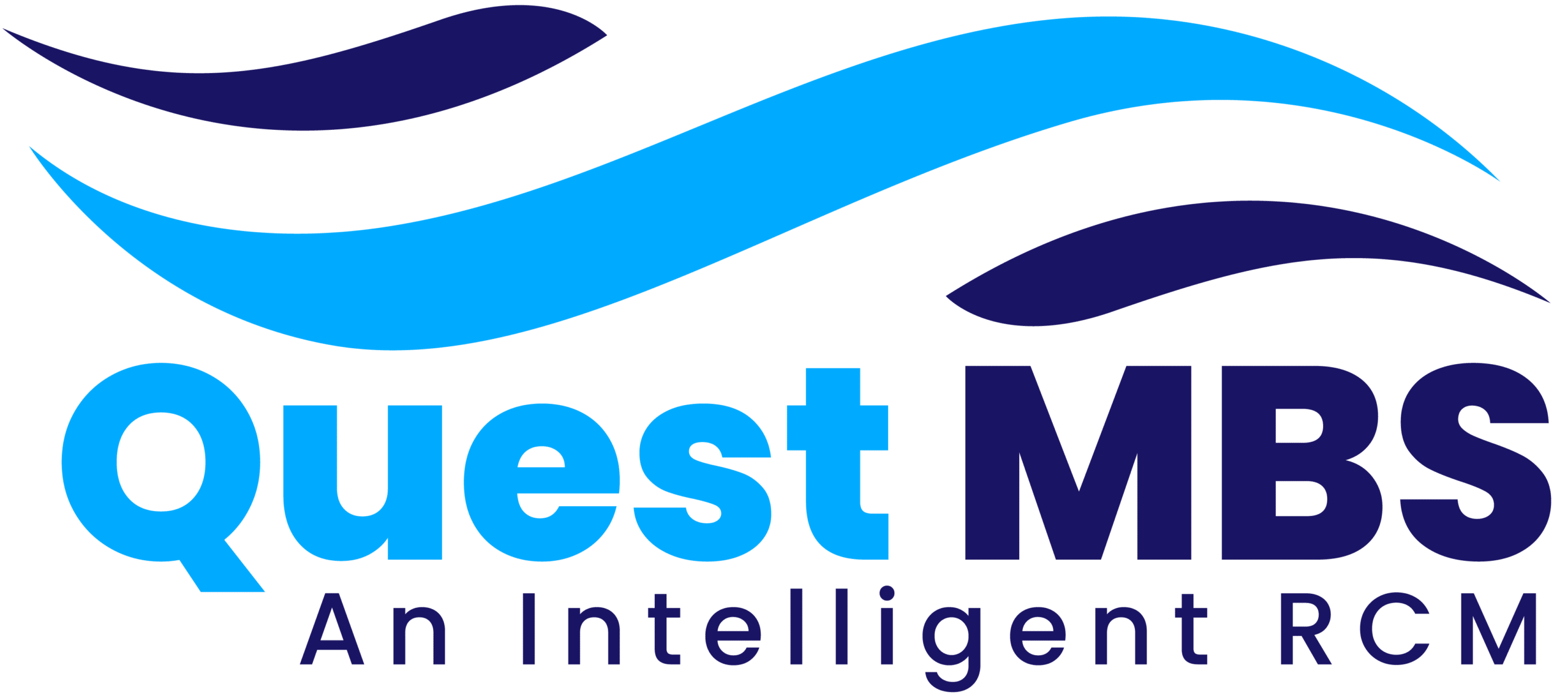Introduction: The Changing Landscape of Medical Billing in 2024
The healthcare industry is constantly evolving, and medical billing is no exception. In 2024, rapid advancements in technology, updated compliance regulations, and patient expectations are reshaping the way billing professionals operate. Staying informed about the latest trends and best practices is crucial for maintaining accuracy, ensuring compliance, and maximizing revenue.
This article explores the most impactful billing trends and best practices for 2024. Whether you’re a medical biller, healthcare administrator, or revenue cycle manager, these insights will help you stay ahead in an increasingly digital and regulated environment.
1. Embracing Automation and AI in Medical Billing
Automation is no longer a luxury—it’s a necessity. In 2024, more healthcare providers are using artificial intelligence (AI) and machine learning tools to reduce administrative burden, speed up claims processing, and improve coding accuracy.
Best Practice: Implement AI-powered billing software that can auto-code procedures, flag potential claim errors, and predict denials before submission.
Keywords: medical billing automation, AI in healthcare billing, predictive analytics, coding accuracy
2. Shift Toward Value-Based Care and Bundled Payments
The industry is continuing its shift from fee-for-service models to value-based care. Bundled payments are gaining traction, where providers are paid a set amount for an episode of care rather than each individual service.
Best Practice: Align billing practices with value-based care models. Use CPT and ICD-10 codes accurately to reflect care quality and outcomes.
Keywords: value-based care, bundled payments, episode-based billing, healthcare reimbursement models
3. Enhanced Revenue Cycle Management (RCM) Integration
Integrated revenue cycle management platforms are becoming essential in 2024. RCM tools now include modules for scheduling, coding, claims submission, denial management, and payment posting—all in one system.
Best Practice: Invest in a unified RCM platform that ensures real-time communication between front-office and back-office teams.
Keywords: RCM software, healthcare billing systems, integrated billing workflows, claim lifecycle management
4. Focus on Patient-Centered Billing and Transparency
With the rise of high-deductible health plans, patients are taking more responsibility for healthcare costs. Transparent and understandable billing is key to improving patient satisfaction and reducing disputes.
Best Practice: Offer itemized billing, clear cost estimates, and digital payment portals. Communicate charges proactively before services are rendered.
Keywords: patient billing, healthcare cost transparency, digital payment portals, patient financial experience
5. Real-Time Eligibility and Insurance Verification
Verifying a patient’s insurance coverage in real time is essential for reducing claim denials. In 2024, this process is increasingly automated and integrated into EHR systems.
Best Practice: Use real-time eligibility checks before services are provided to confirm insurance coverage, co-pays, and deductibles.
Keywords: insurance verification, real-time eligibility, denial prevention, payer rules
6. Improved Compliance and Regulatory Adherence
With updated rules from CMS, HIPAA, and private payers, maintaining compliance is more complex than ever. Incorrect billing can result in audits, penalties, and legal issues.
Best Practice: Conduct regular internal audits and staff training. Stay updated on the latest regulatory changes, including ICD-10 updates and CPT revisions.
Keywords: HIPAA compliance, billing regulations, OIG audits, CMS billing rules
7. Increasing Demand for Certified Medical Billing Specialists
In 2024, healthcare organizations are prioritizing certified billing professionals with credentials such as CPB (Certified Professional Biller) or CPC (Certified Professional Coder).
Best Practice: Invest in continuous education and certification for billing staff to stay competitive and ensure coding accuracy.
Keywords: medical billing certification, CPB, CPC, professional development, billing education
8. Growth in Telehealth and Remote Care Billing
Telehealth services continue to grow, and with that comes unique billing challenges. Different rules apply for telehealth billing depending on payers, service type, and patient location.
Best Practice: Understand telehealth-specific CPT codes and payer guidelines. Use place-of-service modifiers accurately.
Keywords: telehealth billing, virtual care reimbursement, CPT telehealth codes, remote patient billing
9. Advanced Denial Management Techniques
Claim denials remain a major revenue blocker. In 2024, denial management is more proactive, with systems capable of identifying and fixing errors before claims are submitted.
Best Practice: Use analytics-driven denial management tools that help prioritize rework, track trends, and reduce repeat errors.
Keywords: claim denials, denial prevention, billing analytics, AR management
10. Data Security and Cybersecurity Measures
As billing systems become more digitized, protecting patient information is paramount. A breach can lead to financial loss and reputational damage.
Best Practice: Implement secure billing platforms with encryption, user authentication, and HIPAA-compliant cloud storage.
Keywords: medical billing cybersecurity, HIPAA data protection, secure billing platforms, patient privacy
11. Expansion of Self-Pay and Patient Financing Options
More patients are paying out-of-pocket for services. Offering flexible payment plans can improve collections and reduce bad debt.
Best Practice: Provide self-pay discounts, installment plans, and digital payment solutions that cater to diverse financial needs.
Keywords: patient financing, self-pay billing, payment plans, healthcare collections
12. Use of Business Intelligence in Billing Strategy
Data analytics is becoming a core strategy in medical billing. Dashboards and reports provide insights into claim trends, staff productivity, and payer performance.
Best Practice: Use billing analytics to identify bottlenecks, improve clean claim rates, and optimize reimbursement strategies.
Keywords: billing analytics, BI tools, healthcare KPIs, billing performance metrics







